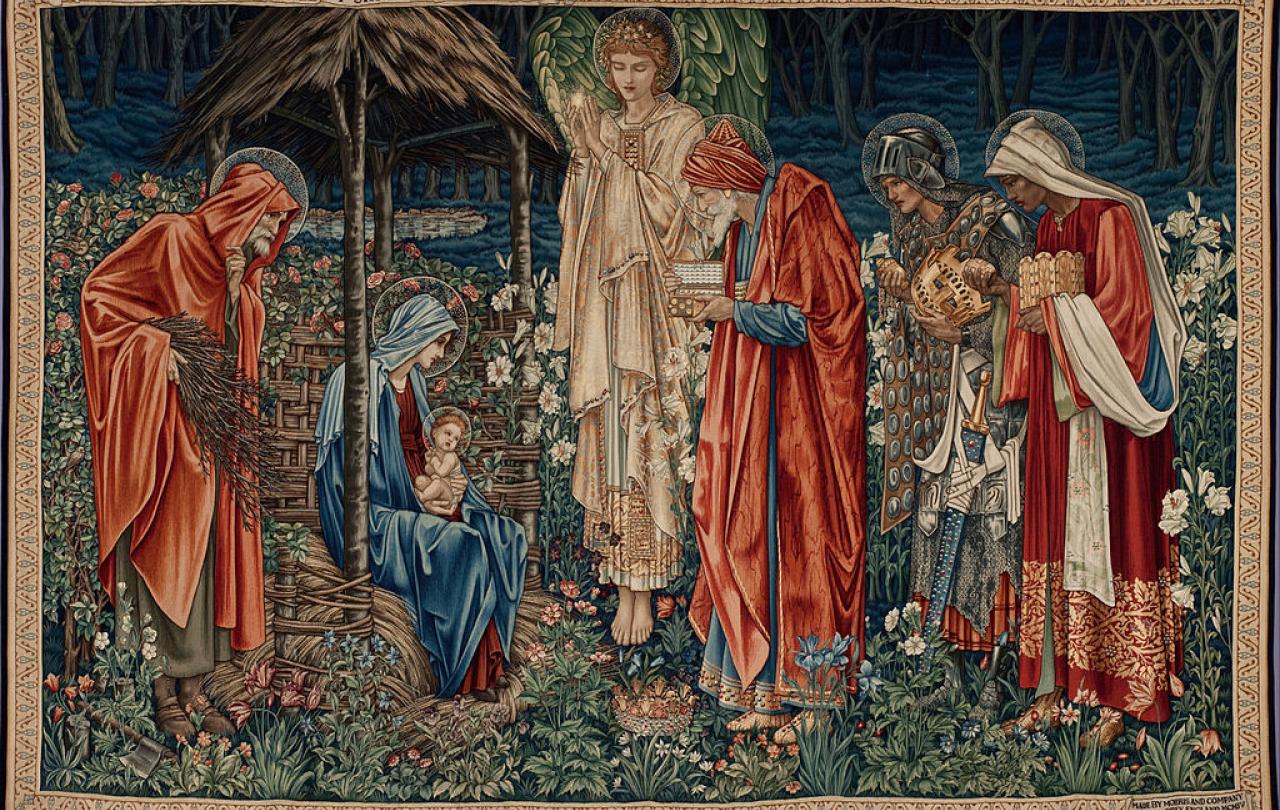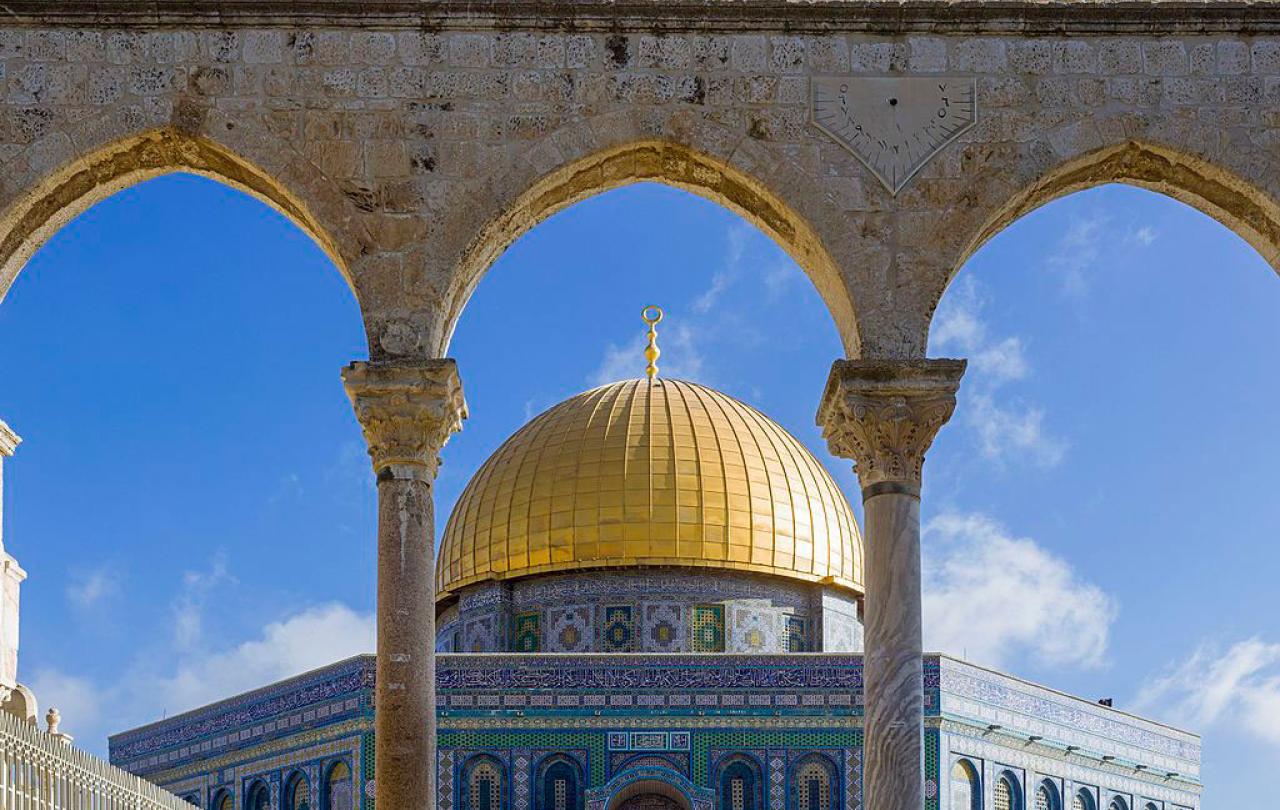
You’ve probably heard they weren’t really kings, but the wise men or magi had some impressive royal connections. Far from being one-off royal visitors to the infant Jesus, the magi had a long history of involvement with monarchy, crossing paths with illustrious kings including Cyrus the Great of Persia, Alexander the Great and the Roman Emperor Nero.
Originally a tribe of the Medes who lived in Northern Iran 600 years before Jesus’ birth, the Persian magi were hereditary priests. Writing around 425BCE, Greek historian Herodotus tells us how these magi became known throughout the ancient Middle East for their ability to interpret dreams and knowledge of the stars. They were followers of the Zoroastrian religion, and were responsible for the holy fires central to Zoroastrian worship.
To the Greeks, the Zoroastrians and the magi were exotic objects of fascination. Many later Greek written philosophical and occult works claimed Zoroaster (or Zarathustra) as their author. Much like some twentieth century Western conceptions of Hinduism and Buddhism, the Greek and Roman conceptions of Persian religion often had only a passing resemblance to the original. This may have included the "mystery cult" of Mithras that would become popular throughout the Roman Empire in the first century. This also means that references to 'magi' may not refer to the Persian magi, but to other astrologers or dream interpreters who lived to the east of the Mediterranean.
A hundred years before Herodotus, we find the first mention of magi in the bible, in the Book of Daniel. This was the period of Jewish exile and captivity in Babylon. Jehoikim, King of Judea and descendent of Kings David and Solomon, was defeated in battle and killed by Nebuchadnezzar II of Babylon. Jerusalem and its temple were destroyed, and many Judean nobles were taken as prisoners. Daniel was one of these hostages and is taken to the Babylonian court, where God gives him the ability to interpret the king’s dreams. Impressed by his abilities, Nebuchadnezzar puts Daniel in charge over all his wise men. It’s unclear what relationship these Babylonian ‘magi’ had with the Medean ones, but strong Medean influence on the Babylonian court suggests that the Babylonian wise men could well have included Zoroastrian magi.
Daniel remained in the Babylonian court, until the Babylonians were invaded by Cyrus the Great, who allowed the Jews to return from exile and to begin restoring Jerusalem.
Cyrus' Persian Empire lasted for two hundred years, until it was invaded by Alexander the Great and his army in 331BCE. Alexander sought the advice of magi, but had many of them violently killed and extinguished their holy fires when he razed the Persian capital, Persepolis in revenge for the Persian destruction of the Acropolis by Xerxes 150 years earlier. Alexander’s Greek successors were characterised by bloody rivalries and in-fighting and were later overthrown by the Parthian empire, which would become Rome’s most formidable rival to the east. The magi consolidated their king-making reputation during the Parthian period, with a council of magi (the Megistanes) responsible for choosing Parthian kings.
The knowledge they have is broken, it’s a messy blend of wacky occultism, astronomy, maths topped up with an unhealthy obsession with royalty. The knowledge we have is broken too.
By Jesus' day, there were ‘magi’ throughout the Middle East, and it was in this context that Roman historian Pliny the Elder records the journey of Armenian magi to visit Emperor Nero in 66CE. By this time Parthia and Rome were a century into their protracted struggle and had just fought a five-year war over the Armenian succession. Despite suffering a humiliating defeat, Rome saved some face through a very one-sided treaty that had Parthia choose the next Armenian king, but with the Roman Emperor getting to place the crown on his head! Nero turned this to his advantage by having the new King Tridates I come to Rome to receive his crown. Tridates, who was a Zoroastrian priest as well as a king, came with a huge retinue including other magi and thousands of horsemen to receive his crown. The huge procession culminated in the magi king bowing before the emperor and acknowledging him as his god.
The visit of the Armenian magi has clear resonances with the familiar account of magi visiting the infant Jesus found in Matthew’s gospel. Given the many embellishments added to the magi story over the centuries, it's hardly surprising that some have suggested that the magi story was a fabrication and a remixed version of King Tridates’ visit to Emperor Nero. It’s a compelling theory, but I’m not convinced by this. If magi were stock characters in the ancient near east, and were also really interested in monarchs (who were often also treated as gods), then it wouldn’t be that surprising that there’d be more than one royal magi visit with emotionally charged religious overtones. What makes a fabricated magi story less likely to me is what the gospel writer Matthew’s Jewish audience would have thought of the magi. Although the Greeks and Romans were enthusiastic about foreign gods and exotic wisdom, first century Jews were not. To them and to early Christians, the magi would have been charlatans and followers of a false foreign god. A visit from some foreign astrologers would have been an embarrassment rather than the type of story you'd choose to make up.
So, who were the magi in Matthew's gospel? The two dominant theories have been that they were either Persian or else they were a later fiction. More fanciful theories include origins in India, China and even Mongolia. Another perhaps more realistic possibility, convincingly argued by Fr Dwight Longernecker in The Mystery of the Magi is that the magi were from the Arabian kingdom of Nabatea. The Nabateans were known for using irrigation to farm the desert and for controlling the trade routes across the Arabian desert. Two cash crops in which Nabatea dominated trade were frankincense and myrrh. The wealth generated from this lucrative trade was used to build Petra, the world-famous valley city of rock-face monuments. The Nabateans had close connections with Israel and may have been familiar with the prophecies of Daniel and Isaiah. They would also have been interested in the Judean monarchy and would have been natural visitors to the paranoid king Herod. Herod's mother was a Nabatean princess and the Nabatean king Aretas IV needed to shore up favour with Herod so the Nabateans would have had an interest in any new King of the Jews.
Barring some improbable Indiana Jones style archaeological discoveries, we’ll never know for sure who the wise men from the east were. But to me there’s something deeply fascinating about these mysterious visitors to the infant Jesus. Partly they seem to represent higher things – with their wisdom and wealth correctly put in divine service. It can seem as though their excellent learning and astronomical skills have cracked a cosmic puzzle, with the magi following the star and dodging a despot to find the baby at the end of the treasure hunt. This doesn’t hold up - the magi’s knowledge isn’t the object of wonder. The knowledge they have is broken, it’s a messy blend of wacky occultism, astronomy, maths topped up with an unhealthy obsession with royalty. The knowledge we have is broken too. But God uses the foolish things to confound the wise, and inside the crackpot mess of horoscopes and divination, God leaves the magi an invitation. To accept the invitation is to take a risk – to risk the long journey, the wrath of Herod and even to risk being wrong. But as they accept this invitation, they realise its an invitation to meet God Himself.
Support Seen & Unseen
Seen & Unseen is free for everyone and is made possible through the generosity of our amazing community of supporters.
If you’re enjoying Seen & Unseen, would you consider making a gift towards our work?





